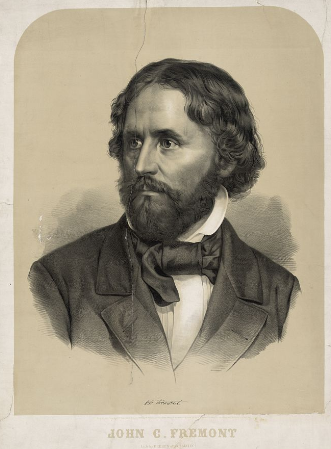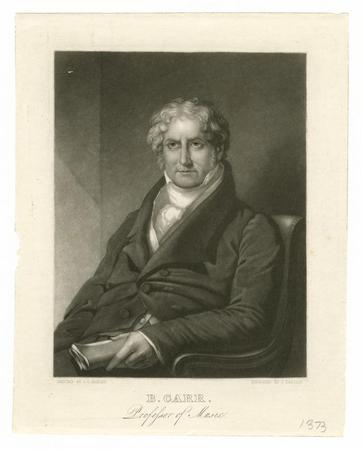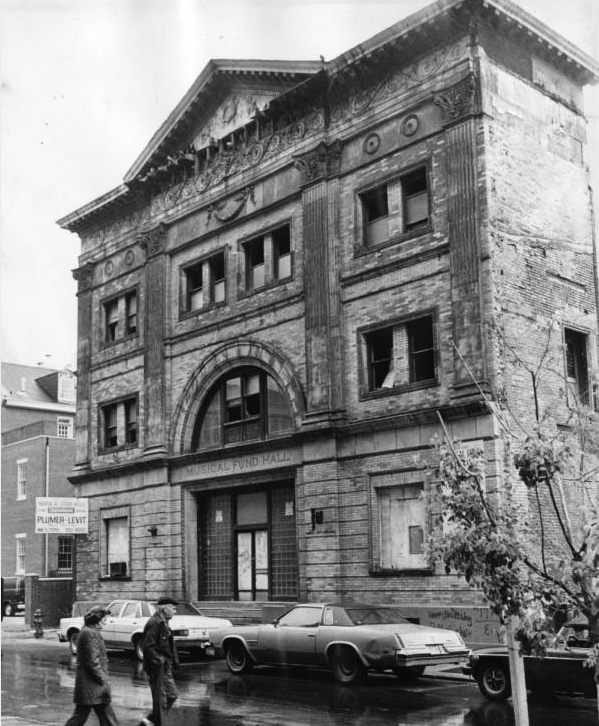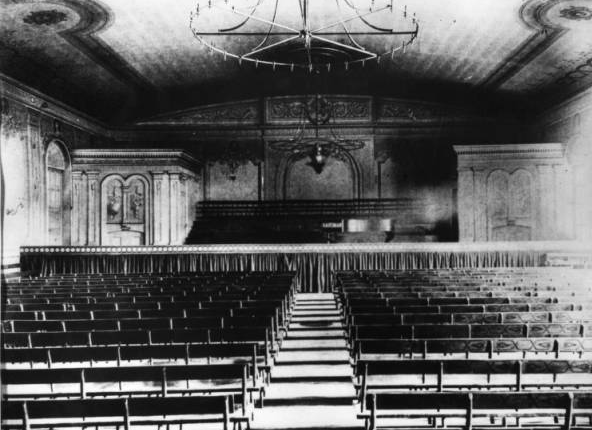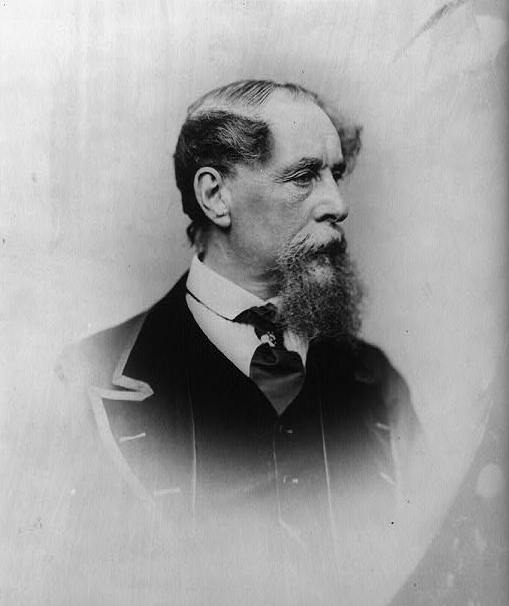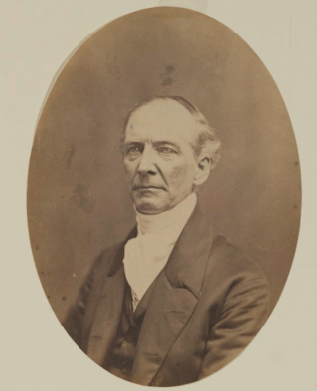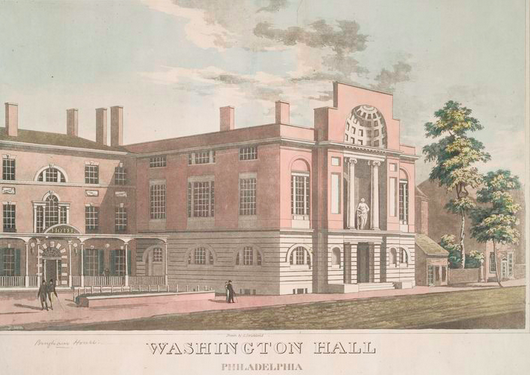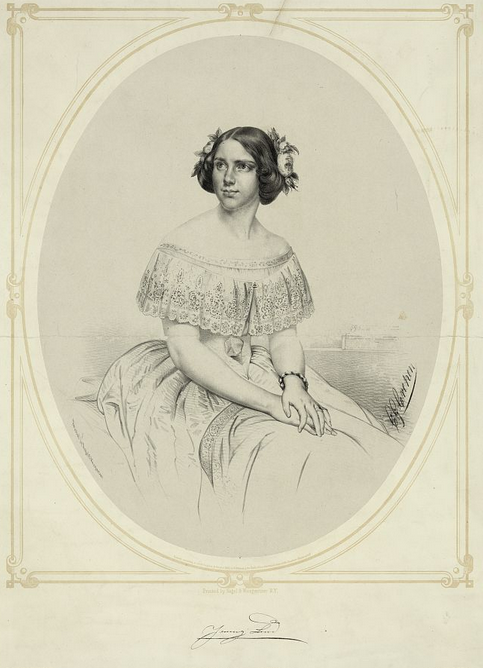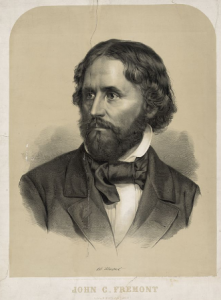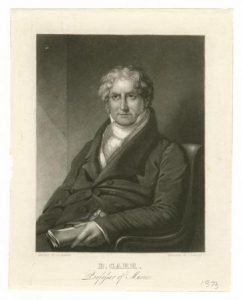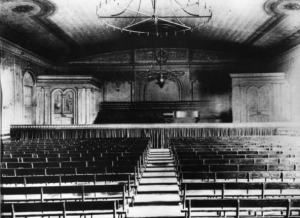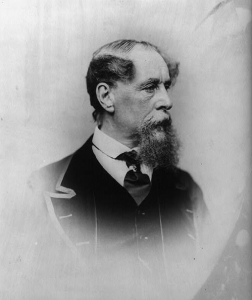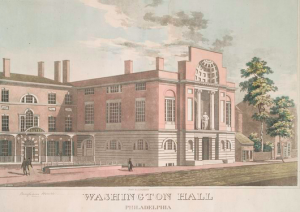Musical Fund Society
Essay
The Musical Fund Society, an important predecessor to the Philadelphia Orchestra, formed in 1820 to promote professional and amateur musical talent in Philadelphia and to aid indigent musicians and their families. Its active role in advancing the careers of exceptional performing musicians and composers continued into the twenty-first century, making the Musical Fund Society the oldest continuing musical organization in the United States.
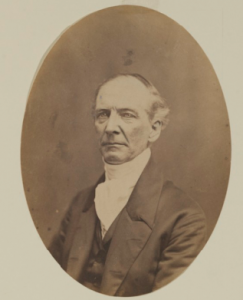
The Musical Fund Society’s early beginnings included a small group of music lovers who met at their homes on Wednesday evenings during the winter months for several years starting in 1816. This group included such prominent Philadelphians as physicians William P. DeWees (1768–1841) and Robert M. Patterson (1787–1854), Judge John K. Kane (1795-1858), dentist Leonard Koecker (1785–1850), linguist Peter S. Duponceau (1760 –1844), antiquarian Charles A. Poulson (1789–1866), and others. They invited the best musicians in Philadelphia to their meetings to perform quartets of Beethoven, Boccherini, Haydn and Mozart, and other notable composers. The musicians were Charles F. Hupfeld (1787-1864), first violin; his brother John Hupfeld, second violin and sometimes viola; Peter Gilles (1776-1839), viola; and George Schetky (1776-1831), viola. Additional participants included violinists John C. Hommann (?- 1842), his two sons, John (1797-1832) and Charles (1803-72), and Dr. Rȇné La Roche (1795-1872).
As the result of the weekly gatherings, in 1816 Charles F. Hupfeld tried to establish a society for regular musical practice with Benjamin Carr (1768-1831), an organist, conductor, composer, and music publisher who had arrived from England in 1793, Gilles, and others. When it proved difficult to keep a sufficient number of players together, Hupfeld decided to add to the fledgling society a distinct purpose of creating a fund for the relief of musicians.
With this new purpose, the Musical Fund Society held its first public organizational meeting on January 7, 1820, at Elliot’s Hotel, Sixth and Chestnut Streets, with many of the hosts and musicians from the earlier home concerts in attendance. Nearly all professors of music in Philadelphia at the time and a large number of prominent and distinguished men and women also became members, and the society subsequently adopted a constitution and elected DeWees as its first president. The society held musical practices on Thursday evenings at Carpenters’ Hall, leading to its first official concert on April 24, 1821, at Washington Hall on Third Street above Spruce, featuring one hundred orchestra and chorus members. The prominent musicians who had played in the earlier home concerts included, among others, C. F. Hupfeld, Gilles, and George Schetky, who conducted the society’s orchestra during its first decade.

The Musical Fund Society concerts quickly became popular, creating a need for a larger venue. Although the society’s programs were not self-supporting, the group succeeded in raising funds to build the Musical Fund Hall, Eighth and Locust Streets, which cost $23,000 (including $7,500 for the lot). The hall, which became renowned for acoustical excellence, hosted its first concert on December 29, 1824, featuring four works by Handel and two by Mozart. The society also purchased sheet music, opera scores and musical instruments. By 1879 the catalog of printed music numbered 304 pieces and was comprised of overtures with full orchestral parts, opera music, oratorios, sacred music, symphonies with orchestral parts, and miscellaneous pieces.
From the 1820s through the 1850s, Musical Fund Hall was the center of all music in Philadelphia with the exception of opera. From 1825 until 1831, until it became too much of a financial burden, the Musical Fund Society operated an Academy of Music “for promoting a more general knowledge of music and supplying the orchestra of the society with skillful performers.” It was the first degree-conferring school of its kind in Philadelphia. Until 1851, the Musical Fund Society presented three concerts per year to benefit lifelong members of the society as well as to support destitute musicians and their families. These concerts ended in part because of the influx and popularity of visiting virtuosi, which minimized home talent. Another cause was the growing popularity of opera, particularly English opera. The society continued to provide orchestral concerts and in 1856 became the sponsor of the Germania Orchestra, which played in Musical Fund Hall until 1868.
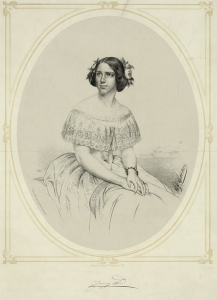
The opening of a new concert hall, the Academy of Music on Broad Street, in 1857 had a profound effect on the Musical Fund Hall’s status as a premier musical venue. However, the hall remained in demand for balls, meetings, lectures, weddings, and commencement exercises for a number of distinguished music schools. The hall hosted lecturers including Charles Dickens (1812-70) and William Makepeace Thackeray (1811-63). Other notable performers included violinist Ole Bull (1810-80), pianists Henri Herz (1803-88) and Louis Gottschalk (1829-69), and singers Jenny Lind (1820-87), Henriette Sontag (1806-54), and eight-year-old Adelina Patti (1843-1919), all of whom gave concerts at the hall before 1853. The Marquis de Lafayette (1757-1834) was honored at a reception in the hall in 1825. Pennsylvania’s Constitutional Convention took place there in 1837, and the first national convention of the fledgling Republican Party convened there in June 1856 and nominated John C. Fremont (1813–90) for president of the United States.
By the 1920s, Musical Fund Hall had fallen into disrepair and needed expensive maintenance, leading the Musical Fund Society to sell the building to the Philadelphia Labor Institute in 1924. After the Labor Institute defaulted on its mortgage during the Great Depression, the building once again became the responsibility of the Musical Fund Society, which leased it in 1937 for athletic events. In 1945, the building served as a storage warehouse for tobacco products. The Philadelphia Redevelopment Authority purchased the structure in 1964, but plans to restore the hall as a performance space, cultural center, or museum were never realized. In 1982, private developers renovated the building for luxury condominiums.
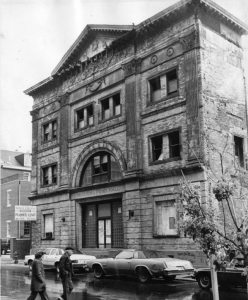
Although no longer operating its own concert hall, the Musical Fund Society continued actively sponsoring music and musicians. In 1983 the society established a tax-exempt foundation for gifts to further its goals and programs, including scholarships to music students and Career Advancement Awards to artists with local connections. In the early twenty-first century, the society continued to sponsor numerous musical events, including a free chamber music series at the Free Library of Philadelphia and many concerts featuring music by American and Philadelphia composers.
The music-loving founders of the Musical Fund Society wanted simply to cultivate musical tastes in Philadelphia and at the same time offer concerts to help destitute musicians and their families. The society’s selfless interest laid the foundation to make Philadelphia a leading center for musical arts in the United States.
Joseph C. Schiavo is an Associate Teaching Professor of Music and the Associate Dean for Undergraduate Programs and University College in the Faculty of Arts and Sciences at Rutgers University–Camden. (Author information current at time of publication.)
Copyright 2017, Rutgers University
Gallery
Backgrounders
Links
- Musical Fund Society of Philadelphia
- PhilaPlace: Musical Fund Hall (Historical Society of Pennsylvania)
- First Republican National Convention Historical Marker (ExplorePAHistory.com)
- Hidden in Plain Sight: Musical Treasures from the Penn Library (University of Pennsylvania)
- A Sketch of the Musical Fund Society (Archive.org)
- Landmark or Not: Musical Fund Hall is a Site of Conscious (PhillyHistory.org Blog)

